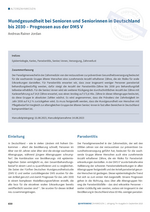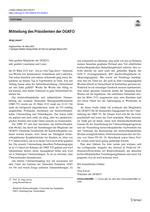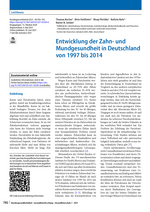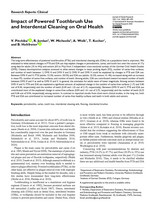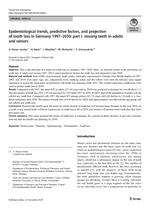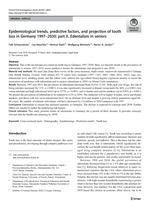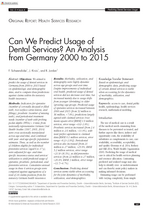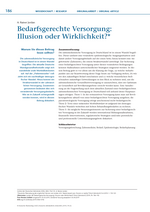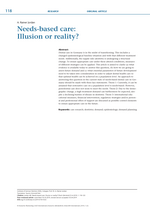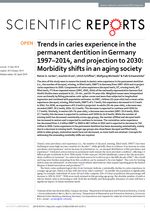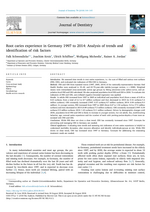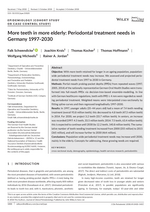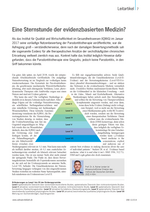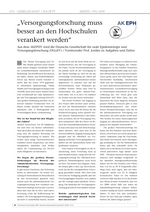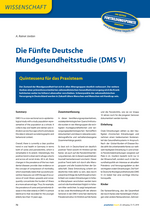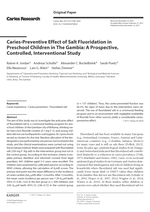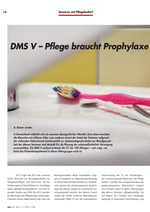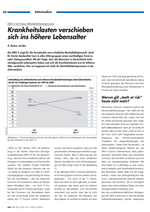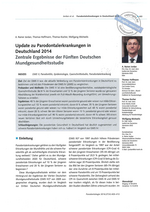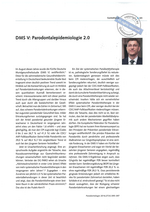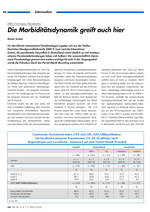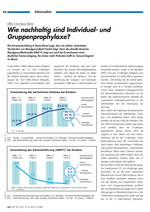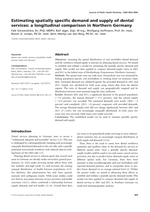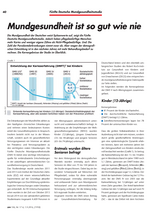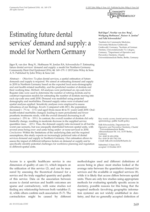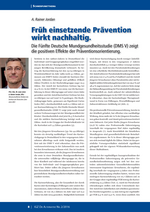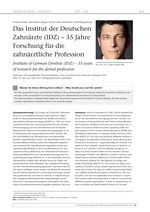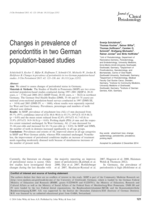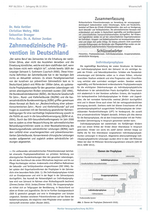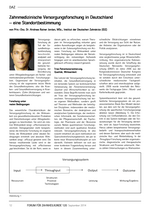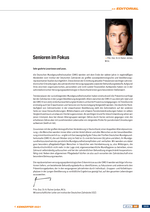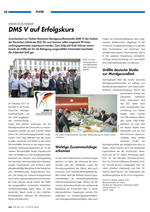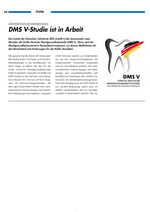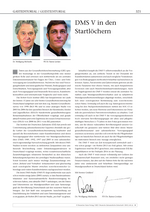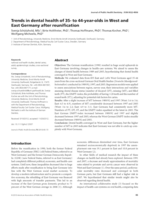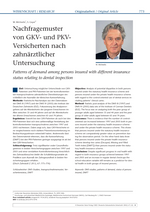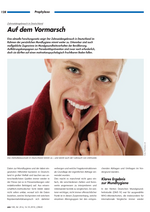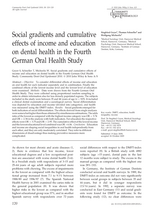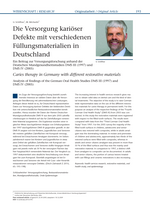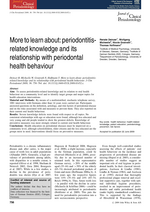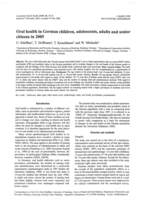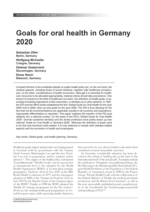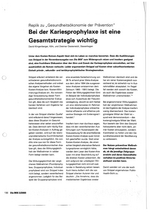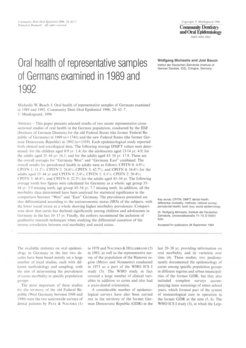
Gesundheitsversorgungsforschung und -epidemiologie
Autoren
Micheelis, Wolfgang
Bauch, Jost
Schlagwörter
CPITN
DMFT
Dental health
Difterentlal morbidity
Methods
National survey
Periodontal health
Tooth loss
Social epidemiology
Publikation — Zeitschriftenbeiträge
Titel
Oral health of representative samples of Germans examined in 1989 and 1992
Titel kurz
Community Dent Oral Epidemiol
Titel Ausgeschrieben
Community Dentistry and Oral Epidemiology
ISSN
0301-5661 (Print); 0301-5661 (Linking)
Jahr
1996
Ausgabe
24
Issue
1
Seitenzahl
62-67
Erscheinungsdatum
01.02.1996
Oral health of representative samples of Germans examined in 1989 and 1992
This paper presents selected results of two recent representative cross sectional studies of oral health in the German population, conducted by the IDZ (Institute of German Dentists) for the old Federal States (the former Federal Republic of Germany) in 1989 (n= 1741) and the new Federal States (the former German Democratic Republic) in 1992 (n=1519). Each epidemiological study reported both clinical and sociological data. The following average DMFT values were determined: for the children aged 8/9 yr: 1.4; for the adolescents aged 13/14 yr: 4.9; for the adults aged 35-44 yr: 16.1; and for the adults aged 45-54 yr: 17.9. These are the overall averages for "Germany West" and "Germany East" combined. The overall results for periodontal health in adults were as follows: CPITN 0: 4.9%; CPITN 1:11.2%; CPITN 2: 24.6%; CPITN 3: 42.7%; and CPITN 4:16.6% for the adults aged 35-44 yr and CPITN 0: 2.4%; CPITN 1: 8.1%; CPITN 2: 20.4%; CPITN 3: 46.8%; and CPITN 4: 22.3% for the adults aged 45-54 yr. The following average tooth loss figures were calculated for Germany as a whole: age group 35-44 yr: 3.9 missing teeth; age group 45-54 yr: 7.7 missing teeth. In addition, all the morbidity data determined have been analysed for statistical significance in the comparison between "West" and "East" Germany. The prevalences presented are also differentiated according to the socioeconomic status (SES) of the subjects, with the lower social strata as a whole showing higher morbidity prevalences. Comparisons show that caries has declined significantly among children and adolescents in Germany in the last 10-15 yr. Finally, the authors recommend the inclusion of qualitative research techniques when studying the differential causation of the inverse correlation between oral morbidity and social status.


